Mid-Pacific Community Confronts Racism and Ignorance: Call for Education and Change
Mid-Pacific’s mascot, the Pueo, protects girl from rains of “Homophobia” and “Racism”.
March 3, 2023
Racial antagonism has been an issue for years in America, but recent events have brought to light racism and discrimination in the Mid-Pacific community.
“People of color have come a long way from slavery to the Brown V Board of Education, and to this day we still experience racism. When will we learn as a society that this inhumane treatment is unjust?” sophomore Peyton Bennett, founder of the Black Culture Club, said.
Following an incident involving racism and the Boys’ Varsity Soccer team, many are left wondering about Mid-Pacific’s community, culture, and what is allowed to happen at our school.
“We’re a school that prides itself in the strength of our community, so when something like racism rears its head, it just shakes our faith in our community. It really makes us question it,” English Teacher Ken Baldino said.
For many, this news of racism on campus is disappointing, but not surprising.
“I’ve been really bummed with the way our student body has kind of come together with some of the decisions they make. They end up leading others into situations where they treat people poorly, whether it be students off campus or sitting right next to them in class,” Science Teacher Sarah Vasconcellos said.
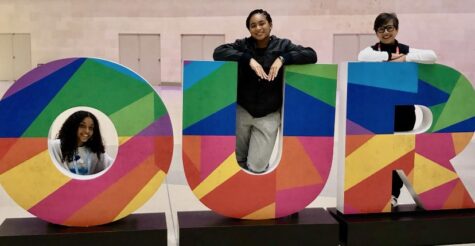
The racial demographics on campus reveal mostly Asian American students, with less than 0.9% of the population being African American.
However, many of the racial comments heard on campus are directed toward this minority.
“I mostly hear racist comments towards Black people,” Bennett said.
With a majority of the school’s population being of the same race, some students have less perspective and understanding of other racial and ethnic groups.
“Racism is an issue here because a lot of students don’t have exposure to a large variety of other students,” Assistant Principal of Student Life Rebecca Hodge said.
Many are questioning why racism exists at Mid-Pacific, and why it seems to be casually accepted among some teenagers.
“For many students, when those [racist] gestures are made, they may think it’s harmless– but the person on the receiving end takes it differently,” Mid-Pacific’s Principal Dwayne Priester said.
Many teenagers find racism to be funny, despite the derogatory history and harmful stereotypes these racial comments hold.
“I think people don’t know how hurtful things are and they just find it funny,” sophomore Maddie Wagner said.
In all forms of media, humor around different races and ethnicities has become ordinary, and nearly all students are exposed to these “jokes”.
“I understand that people say things they’re so used to hearing and it’s very easy to pick up that language, and use it without the intent to cause harm – but that’s not okay. It’s a lot easier to ask someone to change their language than how they actually feel,” Vasconcellos said.
When something becomes common in a community, breaking away from those habits may seem nearly impossible, and a lack of education about minorities can often allow people to not truly see the harm in their actions.
“I think students find racism funny due to the lack of diversity and knowledge. I hear a lot of microaggressions on a daily basis as a black woman, and it’s genuinely because people don’t think what they’re saying is racist,” Bennett said.
In order for change to occur, the problem needs to be called out and addressed. Many feel Mid-Pacific’s community needs to take steps to educate and prevent further racist incidents at this school.
“I think the school could provide sensitivity training for students and teachers to help them understand the impacts of racism and how to avoid it. Also having a zero-tolerance for racism and consistently enforcing it. Including this, making students feel safe and encouraging them to report any racist incidents they witness or experience,” Bennett said.
At Mid-Pacific, there are protocols that administrators follow when dealing with events involving racism.
Mid-Pacific Middle and High School Principal Dwayne Priester believes that incidents of this nature need to be addressed in a way that will change the student going forward. He aims to educate students about their wrongdoings in hopes to alter their perspective long-term.
“Our focus is on restoring the person who committed the behavior. We take into consideration what their path is, and what we can do to better that student’s path moving forward,” Priester said. “I want to begin by educating.”
Change in a community is hard, but it starts with recognizing the problem and learning how to address it in a way that benefits the greater good.
Rebecca Hodge and Mid-Pacific’s Kahu, Wendell Davis, have begun to implement discussions surrounding race and discrimination into Chapel in hopes to give students a place where open dialogues can happen.
“You’re still young enough to change, and starting to have the conversations so students can realize something is awry is a step in the right direction,” Hodge said. “It’s not going to change the world, but that’s the first step.”
Undoubtedly, this challenging road to resolution is a fight that is worth it for the sake of all students who want to attend school without fear of discrimination.
“I hope as our school grows and the students are becoming adults, they will be able to go to a school without being discriminated against and learn why racism is wrong,” Bennett said.

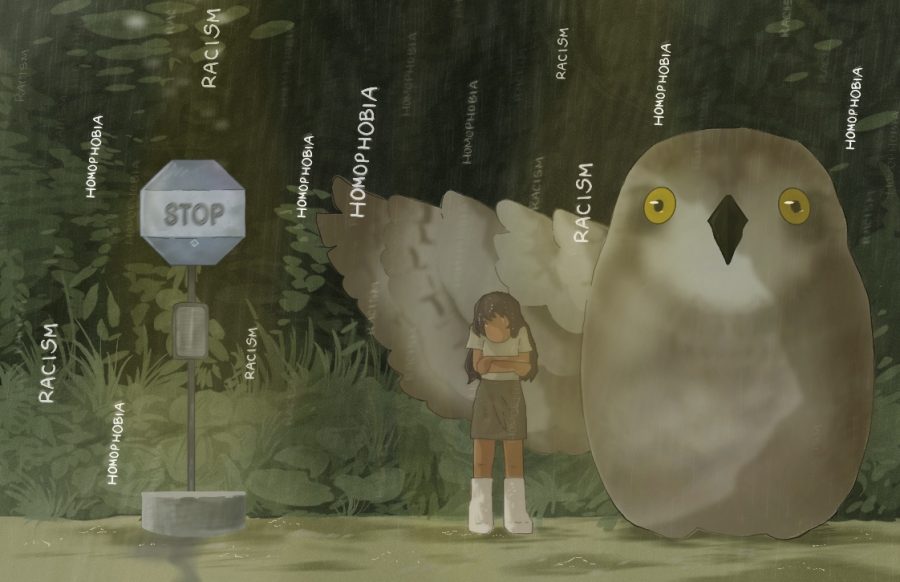
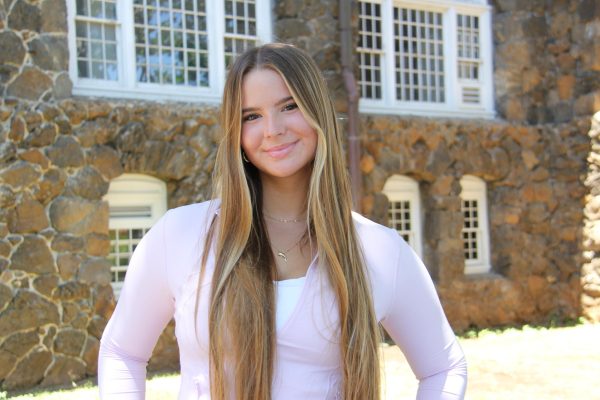
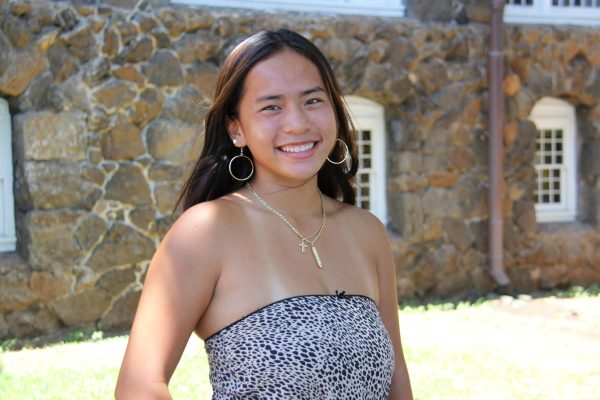
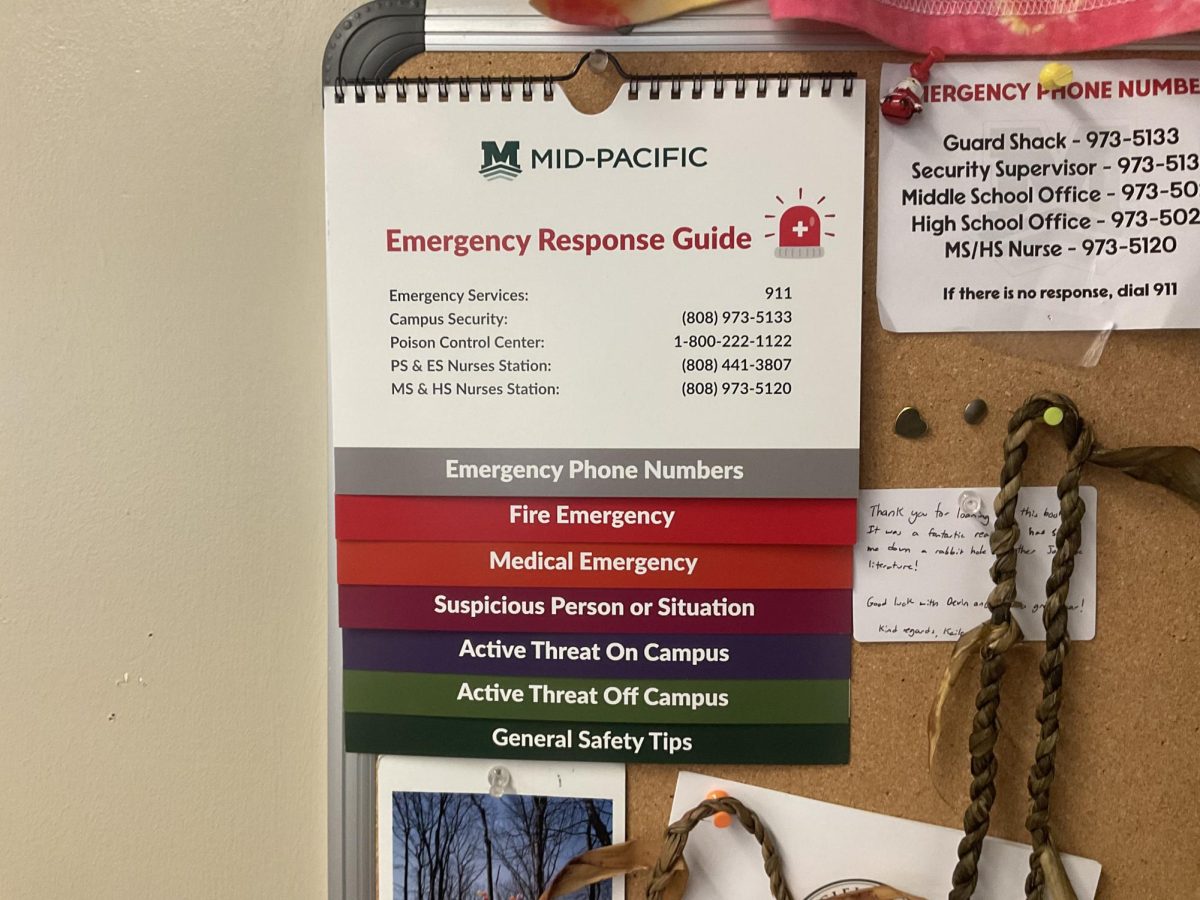
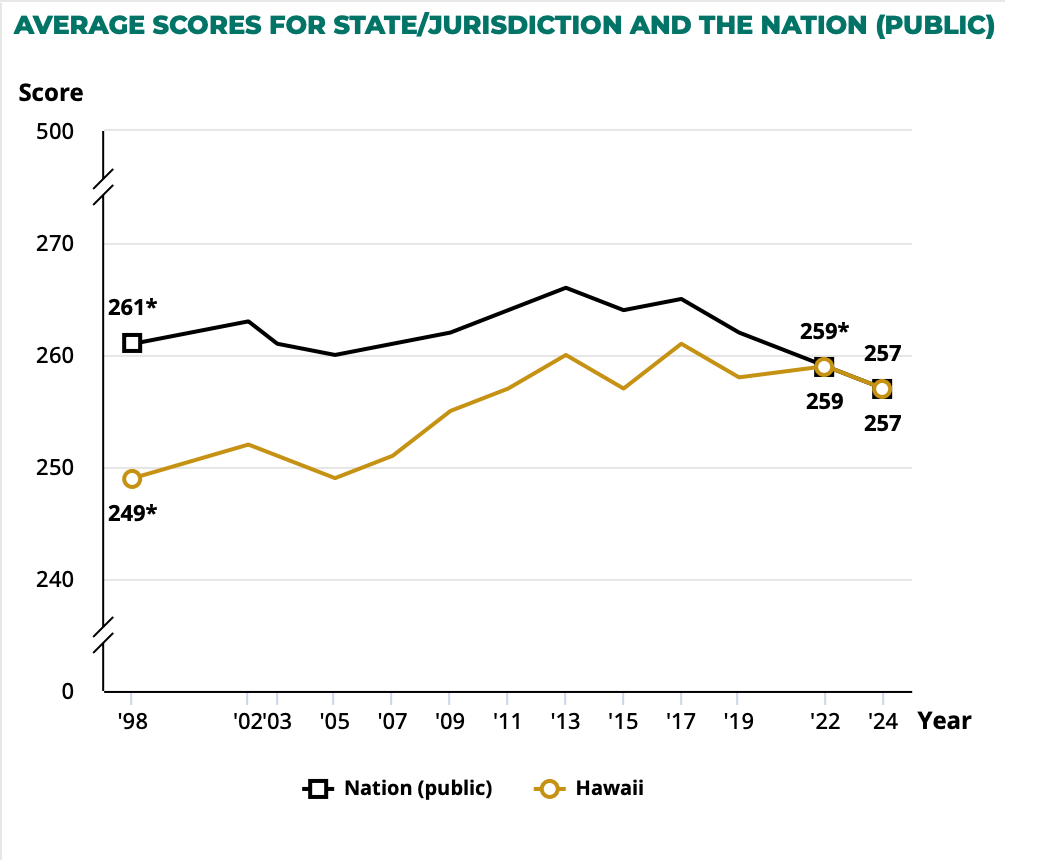
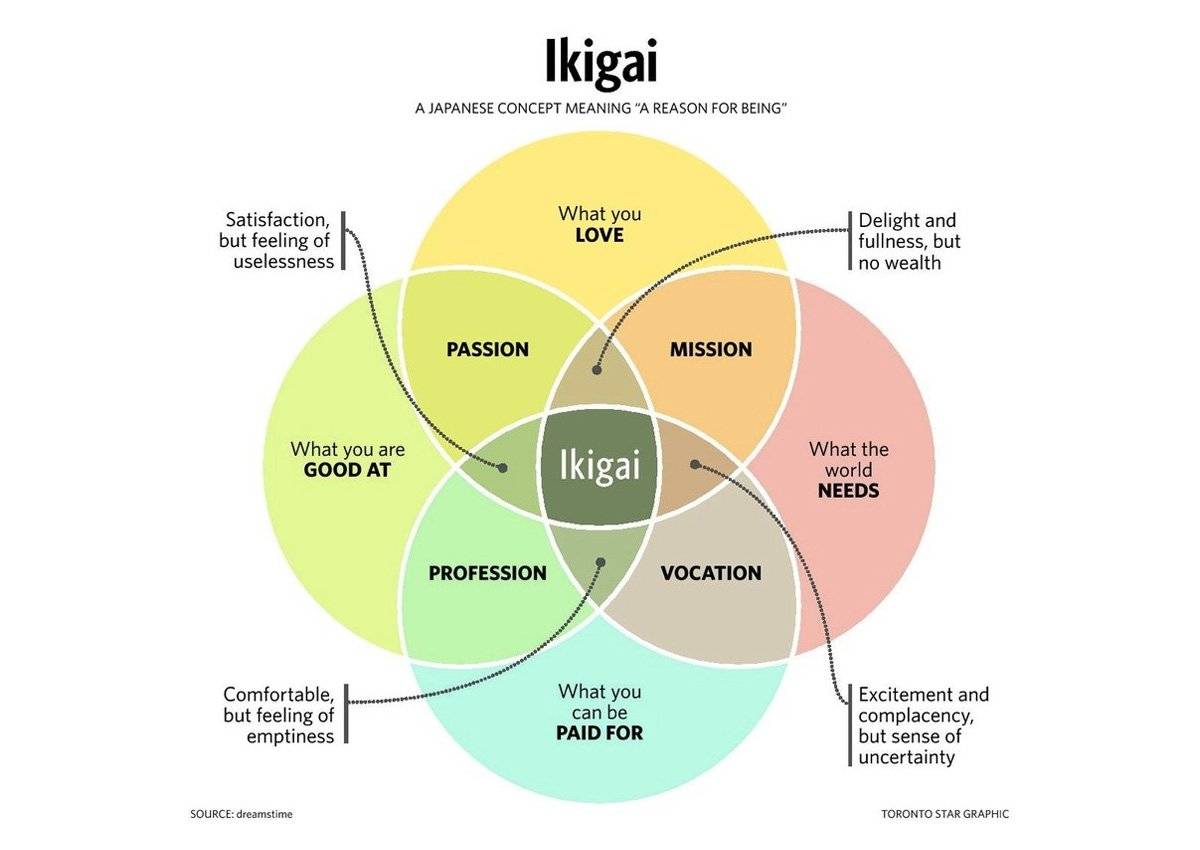
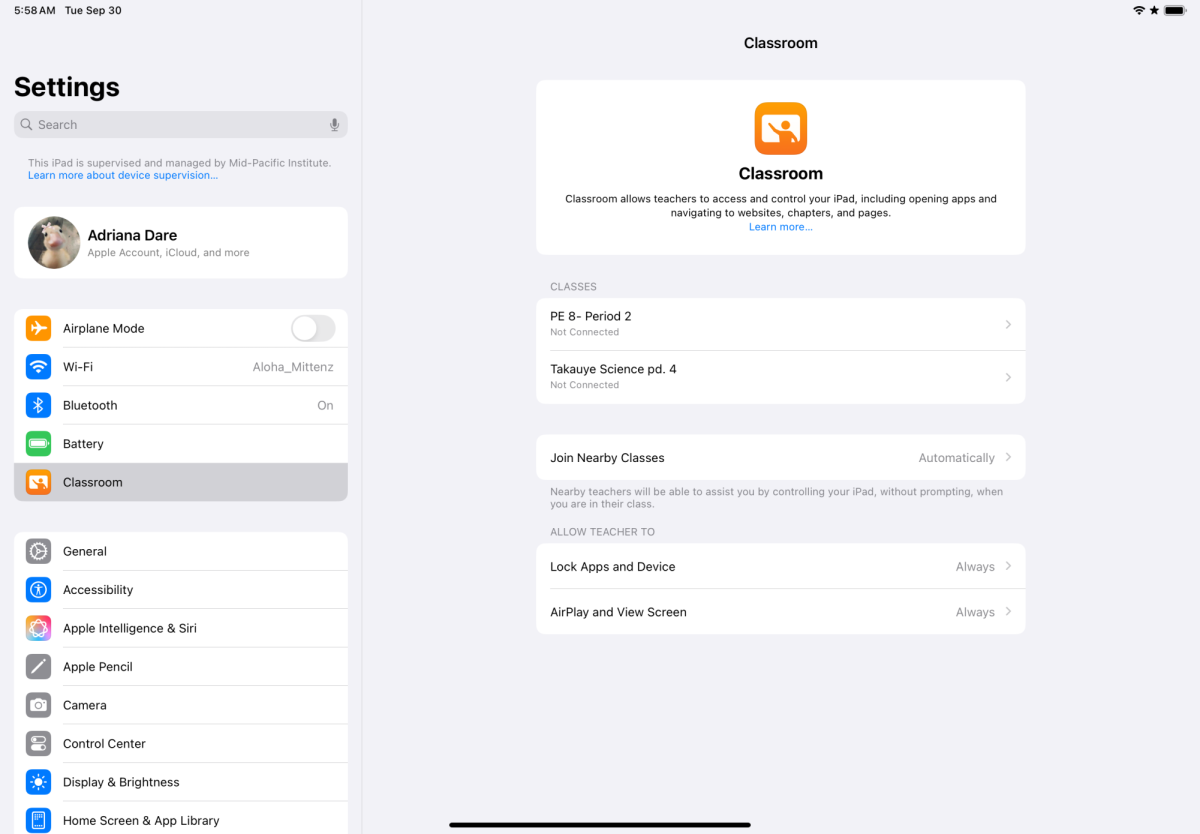
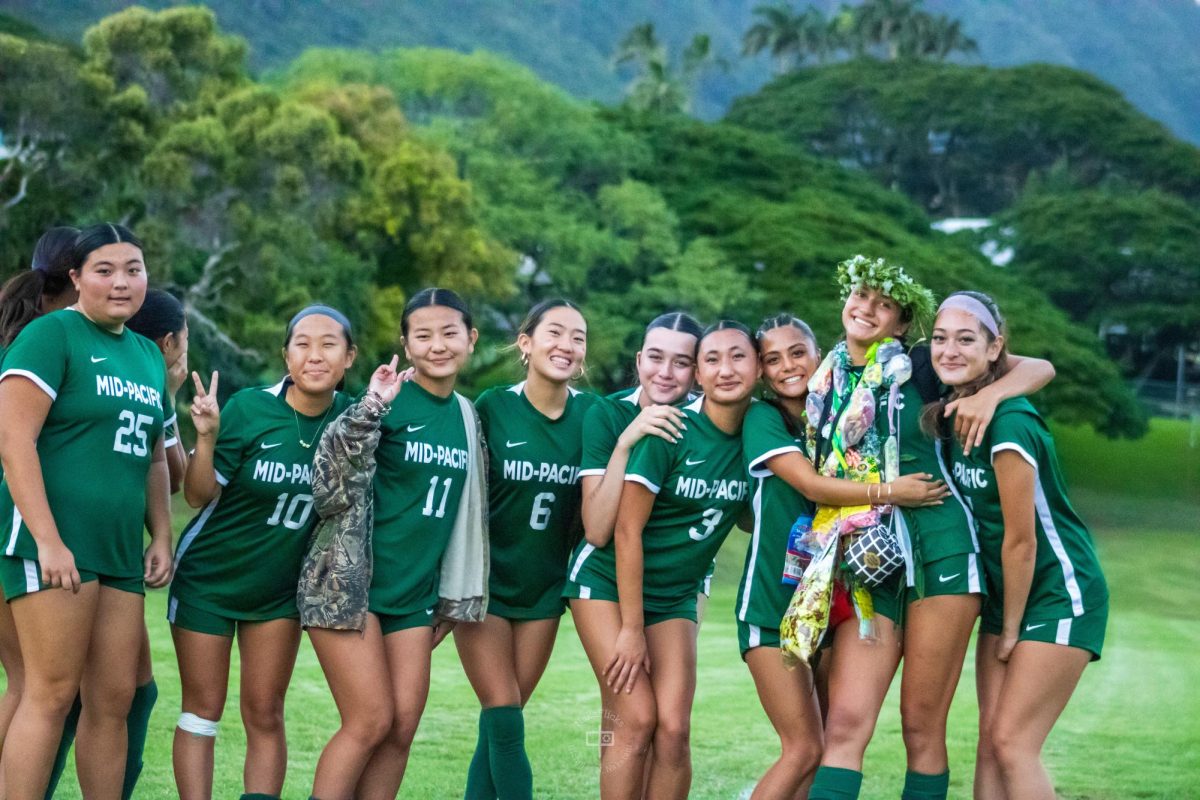
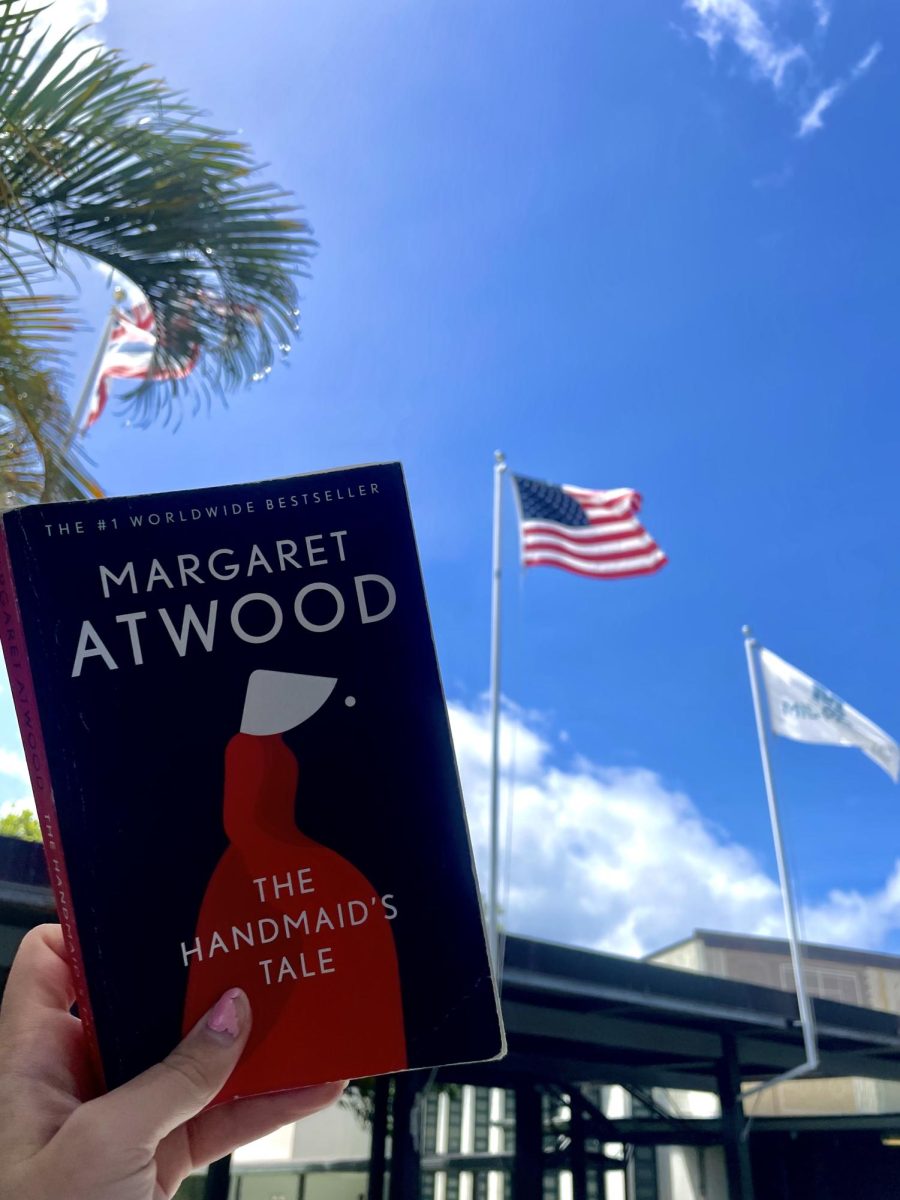
Patricia Troske • Mar 8, 2023 at 2:21 pm
Great article,Katie, you are sure on top of racial, problems, l am
proud to know how knowledgeable you are! I hope articles like this will someday help to change racialism! ❤️